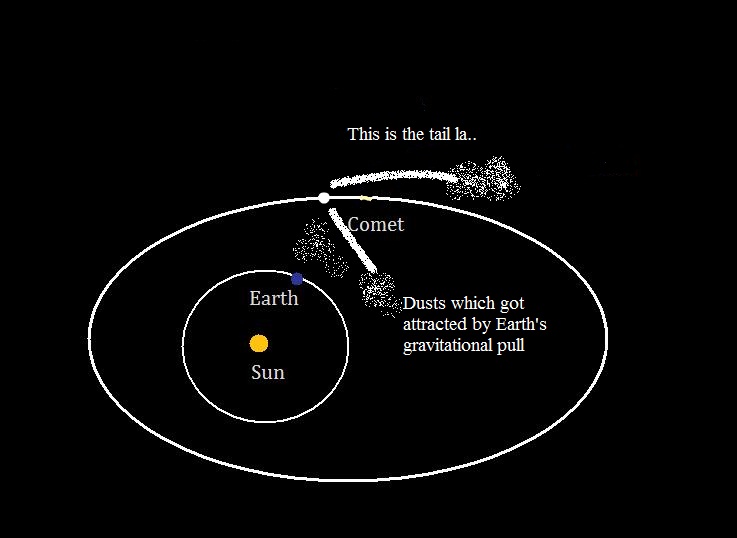

In Metroid for the Famicom Disk System and Nintendo Entertainment System, Ridley is located in his subterranean base, Mini-Boss Hideout II.

Much more information can be added to this article. Please help improve this article or section by expanding it. "Multiple mutations will cause a Metroid to grow into an even larger and more powerful adversary." Ridley was apparently capable of healing his wounds by eating human flesh, as illustrated in the manga in a part where he claimed that he survived the destruction of his flagship by consuming the bodies and cells of the dead humans in K-2L. The manga also revealed that Ridley is extremely adept at survival. In most games he appears in, he has been the penultimate or ante-penultimate boss. Strangely, some of his prior battles ended with his body seemingly exploding, but in-game lore states he survived these violent defeats until Super Metroid. Though Ridley often appears in different forms, it is clarified through scans found in the Metroid Prime series, as well as events portrayed in Metroid: Other M, that every one of his incarnations chronologically seen prior to Other M and Metroid Fusion are indeed the same individual (the exception being the Ridley Robot), despite his numerous defeats. He was also apparently capable of building a robot in his own likeness. Despite his bestial appearance, Ridley is known to be highly intelligent and even shown to be capable of speech in the Magazine Z manga. Resembling a skeletal pterodactyl-dragon with glowing eyes, the true name of Ridley's species is unknown. As such, the Space Pirate leader is fittingly referred to as the Cunning God of Death ( 狡猾の死神 ?) in his Zero Mission official art on the Japanese website. But Ridley's brutality is matched only by his resilience, and he regularly returns from apparent death to do battle with Samus once more. Since then, he and Samus have clashed several times, with Samus usually emerging the victor. Sadistic and bloodthirsty, Ridley delights in death and destruction, and was responsible for the massacre of the colony K-2L. 7.7 Official Metroid: Zero Mission website.7.2 The Official Nintendo Player's Guide.Meteorites that hit the ground can cause craters.ġ4 Meteorite Crater Planets and moons that have no atmosphere have many more impact craters than those that do have atmospheres. It travels at such high speeds that it heats up and melts. The bright streak of light caused by a meteoroid or comet dust burning up in the atmosphere is called a meteor.ġ3 Meteorite If a meteoroid enters Earth’s atmosphere and strikes the ground, it is then called a meteorite. From the ground we see a streak of light or shooting star. Meteoroids are similar to asteroids, but they are much smaller.ġ1 Meteoroids In fact, meteoroids probably come from asteroids.ġ2 Meteor As it burns up, the meteoroid glows red hot and gives off an enormous amount of light. This is because the ion tail is blown away from the sun by the solar wind.Ĩ Asteroids Asteroids are small, rocky bodies in orbit around the sun.ĩ Asteroids Most asteroids orbit the sun in a wide region between the orbits of Mars and Jupiter, called the asteroid belt.ġ0 Meteoroids A meteoroid is a small, rocky body orbiting the sun. CometsĦ Comet Orbits The difference between the orbit of a planet and the orbit of a comet is that a comet's orbit is highly elliptical and a planet's orbit is only slightly elliptical, but more circular.ħ Comet Orbits The comet’s ion tail always extends away from the sun. The ion tail consists of electrically charged particles of gas. Known as “dirty snowballs.”ĥ When a comet passes close enough to the sun, solar radiation heats the water ice so that the comet gives off gas and dust in the form of a long tail. The solar system contains many other types of objects, including comets, asteroids, and meteoroids.Ĥ Comets A comet is a small body of ice, rock, and cosmic dust loosely packed together. Presentation on theme: "Comets, Asteroids, & Meteoroids"- Presentation transcript:Ģ SPI 6.1 Use data to draw conclusions about the major components of the universe.


 0 kommentar(er)
0 kommentar(er)
